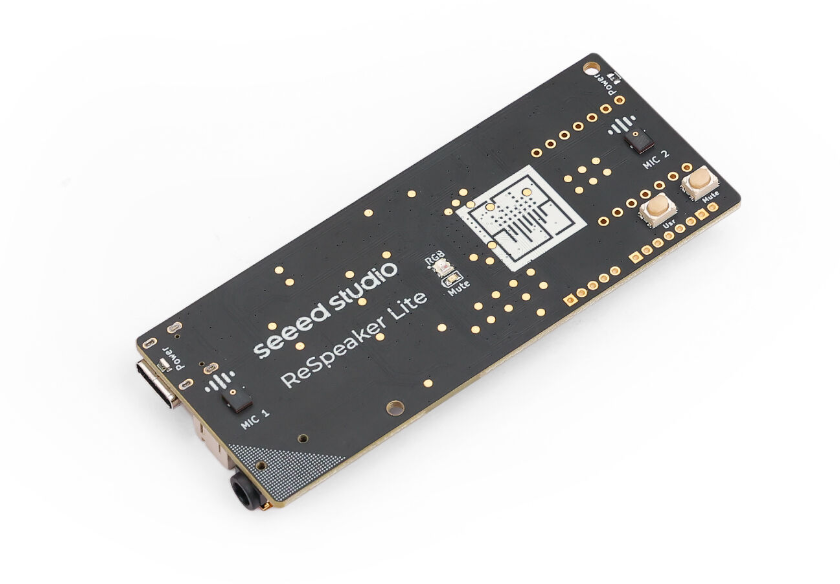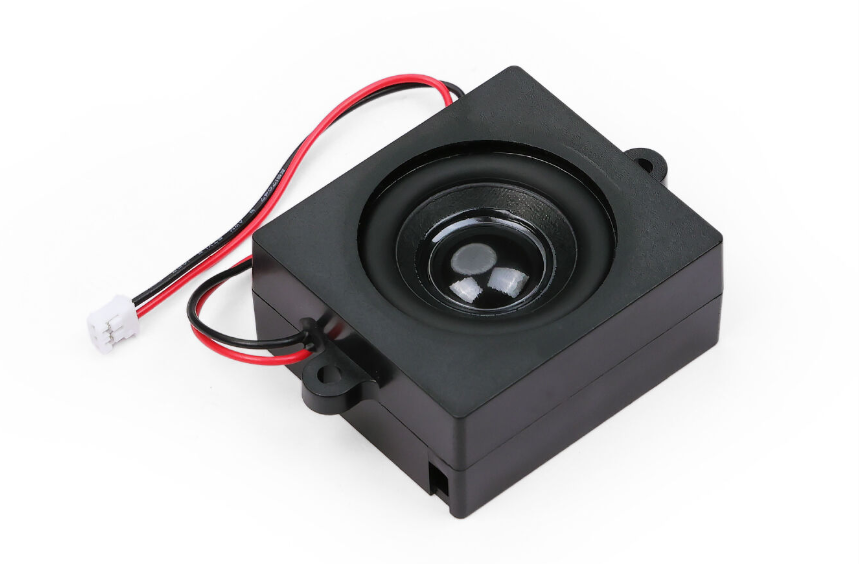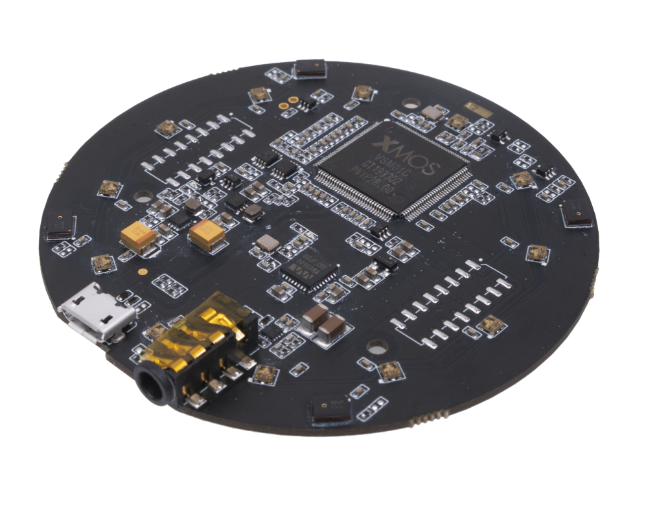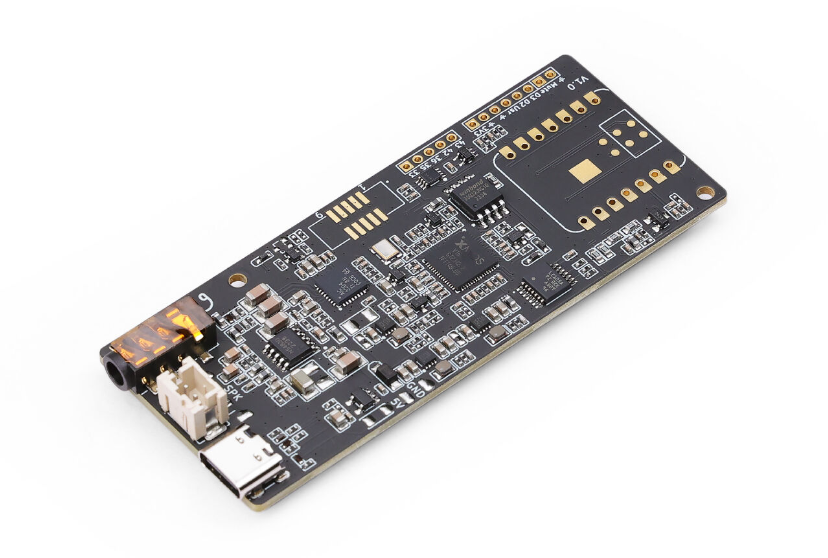Matter vs Zigbee vs Thread: Which Is the Best Choice for Your Smart Home?

With the rapid growth of the smart home market, devices and brands are becoming increasingly diverse. The key to an efficient and seamless smart home experience lies in how these devices communicate effectively and reliably. Among the many communication protocols, Matter, Zigbee, and Thread are the current mainstream options.
It’s important to understand the distinction between protocols and standards in this context. Communication protocols are the underlying technical specifications that define how devices communicate with each other. They outline the rules, formats, and procedures for data exchange. In contrast, standards provide a common framework to ensure interoperability between devices, often by leveraging one or more underlying protocols.
This article will introduce Matter, Zigbee, and Thread, three key technology options in the smart home domain. Matter is an emerging communication standard, while Zigbee and Thread are underlying communication protocols. We will delve into their respective characteristics and provide recommendations for your selection.
Core Parameter Comparison: Matter, Zigbee, and Thread
This table highlights the key differences between Matter, Zigbee, and Thread. It’s worth noting that Zigbee and Thread are underlying communication protocols, while Matter is a cross-platform standard that can utilize technologies like Thread and Wi-Fi.
| Key Factors | Zigbee | Thread | Matter |
| Protocol Base | IEEE 802.15.4 (Low Power, Mesh Network) | IPv6 (Low Power, Mesh Network) | Relies on Thread, Wi-Fi, and Ethernet for transport |
| Network Topology | Mesh | Mesh | Mesh |
| Internet Integration | Requires a bridge for IP communication | Requires a border router for internet and cloud integration | Uses Thread and Wi-Fi for internet and cloud integration |
| Latency | Moderate | Low | Low |
| Security | AES-128 encryption, Zigbee Alliance standards | Self-healing Mesh Network, IPv6 authentication | Enhanced device authentication, encryption, and privacy protection |
| Market Adoption | High—widely used in traditional smart home devices | Growing—gaining traction in IoT devices | Emerging—strong cross-platform compatibility and rapid adoption |
| Power Consumption | Low | Extremely low | Varies by protocol base |
Zigbee: The Classic Choice for Traditional Smart Home Devices
Advantages of Zigbee
- Low Power Consumption: Extends device battery life, making it ideal for sensors, lighting, and other long-running devices.
- Mesh Networking: Allows devices to relay signals to each other, ensuring wide coverage and reliable connectivity.
- Strong Security: Utilizes AES-128 encryption to safeguard data communication.
Use Cases
- Suitable for small local networks within a home, without complex internet integration.
- Ideal for users who already own a significant number of Zigbee devices.
Recommended Devices:
- Home Assistant SkyConnect / Connect ZBT-1 USB Stick:Plug-and-play USB device for adding Zigbee support to Home Assistant, with future Thread and Matter compatibility. Ideal for easy upgrades.
- Home Assistant Yellow:Pre-integrated Zigbee support, ready out of the box. Perfect for managing Zigbee devices without extra adapters.
- reComputer R Series:Multi-protocol support (4G, LoRa®, Wi-Fi/BLE, Zigbee) with M.2 slots for storage or AI acceleration. Great for advanced developers.
- Tiny Matter-Native Board for Smart Home – XIAO ESP32C6:A versatile microcontroller optimized for Zigbee applications, offering low-power communication. Suitable for developers exploring Zigbee, Thread, or Matter-based smart devices.
Thread: The Communication Protocol for the Future
Advantages of Thread
- Low Latency, High Reliability: Performs well in real-time applications such as voice assistants and live monitoring.
- Self-Healing Mesh Network: Automatically reroutes signals in case of device failure, ensuring network stability.
- IPv6-Based Local Network: Enables seamless device-to-device communication within a local area network. However, internet access requires a border router.
Use Cases
- Suitable for fast-response applications, such as smart speakers and smart locks, that require stable and low-latency communication.
- Ideal for building localized smart home networks where reliability and security are priorities.
Recommended Devices
- Home Assistant SkyConnect / Connect ZBT-1 USB Stick:Adds Thread border routing to Home Assistant with future Matter support. Perfect for enhancing Thread capabilities.
- Home Assistant Yellow:Experimental multi-protocol hub supporting Thread border routing. Ideal for expanding Thread networks and integrating Matter.
- Tiny Matter-Native Board for Smart Home – XIAO ESP32C6:Thread-ready with Matter-over-Thread compatibility. Great for developers building smart locks, cameras, or assistants.
Matter: The Future of Cross-Platform Smart Homes
Advantages of Matter
- Cross-Platform Compatibility: Allows devices from different brands to interoperate effortlessly.
- Enhanced Security: Features upgraded device authentication and encryption mechanisms for privacy protection.
- Simplified Setup: Reduces connection and configuration complexity with standardized protocols.
Use Cases
- Perfect for building smart home ecosystems that integrate devices from multiple brands, enabling unified control through Matter.
- Ideal for developers creating smart devices like lighting systems or smart plugs that seamlessly operate across platforms (e.g., Google Nest, Apple HomeKit, Amazon Alexa).
Recommended Devices
- Seeed Studio XIAO MG24:A compact, low-power microcontroller for Matter over Thread and BLE. Ideal for battery-operated IoT devices.
- Seeed Studio XIAO ESP32 Series:
- Models: XIAO ESP32C3, XIAO ESP32S3, and XIAO ESP32C6.
- Based on Espressif’s ESP-IDF (IoT Development Framework), the XIAO ESP32 Series supports Matter device development using robust ESP32 microcontrollers. This series is optimized for IoT development and provides a powerful platform for exploring Matter’s potential. Perfect for developers aiming to create Matter-enabled devices leveraging Wi-Fi, BLE, or Thread capabilities while enjoying the flexibility of ESP-IDF.
How to Choose: Zigbee, Thread, or Matter?
- Choose Zigbee:
- If you already own many Zigbee devices and don’t need internet integration.
- Perfect for smart lighting systems or a home sensor network where devices communicate directly within a closed local environment.
- Choose Thread:
- If you need low-latency, highly reliable devices connected directly to the internet.
- Ideal for smart locks, real-time cameras, or voice assistants requiring fast responses and stable communication.
- Choose Matter:
- If you need a future-proof, cross-platform solution with seamless integration.
- Best for those building a smart home ecosystem from scratch or looking to unify devices from different manufacturers under one protocol.
Future Trends: Will Matter Become the Mainstream?
With growing support from tech giants like Google, Apple, and Amazon, Matter’s ecosystem is expanding rapidly. While Matter’s cross-platform compatibility is a significant advantage, Zigbee and Thread’s established ecosystems will continue to play vital roles in specific scenarios. In the future, these three protocols may coexist, excelling in different applications.
Summary
- Zigbee: Ideal for traditional smart home devices with low power consumption and high stability.
- Thread: A modern, IP-compatible solution suitable for IoT applications.
- Matter: The future standard for solving compatibility issues across platforms.
In summary, Zigbee and Thread are underlying communication protocols, while Matter is a higher-level interoperability standard. In practical applications, we need to choose the appropriate underlying protocol based on specific requirements and ensure it supports the Matter standard, in order to achieve a cross-brand smart home ecosystem.
Visit Seeed Studio Bazaar now to explore high-quality hardware supporting Matter, Zigbee, and Thread, and build your ideal smart home effortlessly!
The post Matter vs Zigbee vs Thread: Which Is the Best Choice for Your Smart Home? appeared first on Latest Open Tech From Seeed.





























